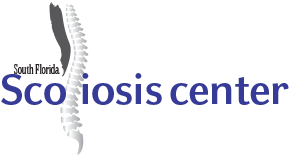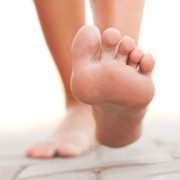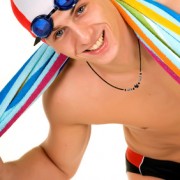SOLE SURFING- What you wear on your feet can have an impact on your scoliosis
 What we wear on our feet can say a lot about who we are. Shoes are often an exciting channel to express personality, but we can’t forget about why we wear them in the first place.
What we wear on our feet can say a lot about who we are. Shoes are often an exciting channel to express personality, but we can’t forget about why we wear them in the first place.
While footwear exists first and foremost to protect our feet, they can also have a significant effect on our balance and posture. Since posture improvement is such a large part of living with scoliosis, it’s important to select the best shoes for your body.
The footwear fashion popular on the runway or even among kids are very appealing, but don’t always have your best interest in mind. If you know what to watch out for you can look good and feel good at the same time.
Following, we’ve compiled a list of some of the best features to provide you support while staying trendy.
What to look for in a shoe:
Soles – A commonly overlooked source of back pain can be worn out shoe soles. Often times simply replacing old shoes can alleviate pain. It’s important to look for a shoe with a balanced sole so that you are landing neutrally on your foot when walking or running, creating a stable base for the rest of your body.
Arch support – Foot arch shapes are variable from person to person. They are generally categorized by height, assorted between flat, low, and high arches. Look for footwear with adequate arch support, avoiding very flat shoes. The stability provided by arch support helps prevent compression of the lower spine.
Toes – Our feet are naturally designed so that our toes span wider than our heels with an arch that supports the foot and the rest of the body. A wide and flexible toe box is beneficial to allow your toes to respond to surfaces in the way they were intended.
Laces – While shoe laces are crucial in adjusting a shoe to your unique foot, the way you tie them can also impact your body. Contrary to some shoe fads, it’s best to lace shoes completely and tightly to increase stability and decrease the load on your foot and by extension, your back.
When should you buy new shoes?
Shoe replacement,has a lot to do with the wearing of the soles. For athletic or everyday shoes, the general lifespan is about 500 miles or 3-6 months. The feet of kids and teens are often growing at astonishing rates, so size comfort should also be considered when looking for replacements. Their shoes should be replaced anywhere from one to four times per year.
No matter what shoes you wear, it’s important to know whether you’re getting the support you need to maintain your health. Talk to shoe store associates about what is available and best for you and your family. With millions of people in America living with scoliosis today, it’s certainly easy to find a shoe that fits your functional and fashion needs.
Ask me about:
-
Intensive Care Scoliosis Treatment
-
“Teen Curves” Summer Camp
-
Scoliosis Bootcamp
-
Adult Scoliosis Treatment
For more information, contact us at South Florida Scoliosis Center 305-705-0777, or visit www.southfloridascoliosiscenter.com.
South Florida Scoliosis Center is the only CLEAR Scoliosis Treatment Center in the South Florida area in addition to being one in only 18 worldwide clinics to offer Intensive Care Scoliosis Treatment. South Florida Scoliosis Center draws patients from the entire state as well as from countries abroad.









 For years,
For years, 